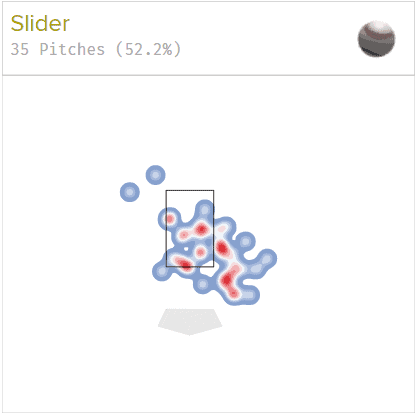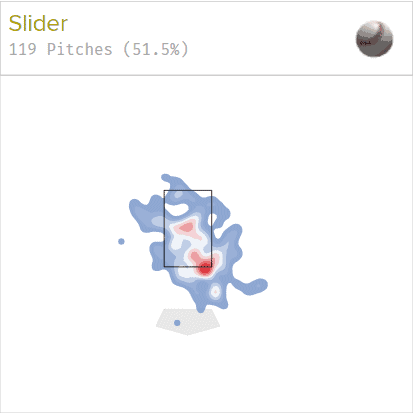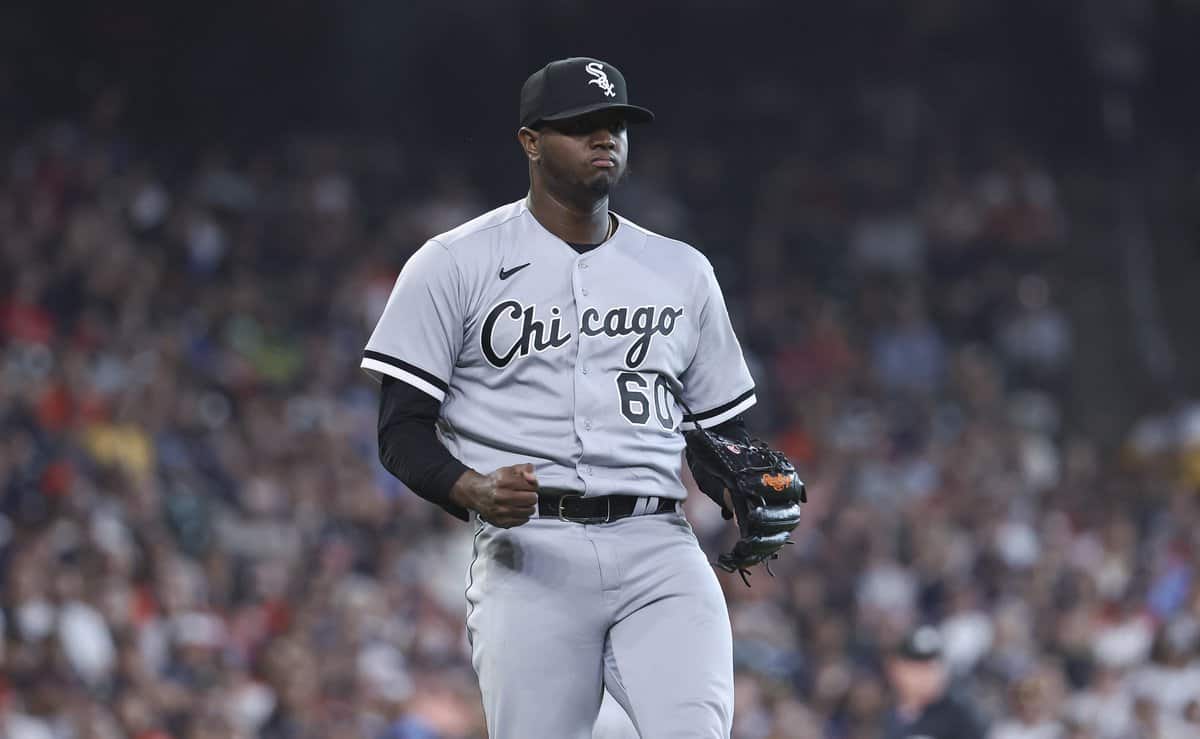The White Sox bullpen has been nothing short of a disaster this season, and virtually everybody from the arm barn who has thrown a pitch has likely contributed to that perception. Reynaldo Lopez has utterly failed as an interim closer, Kendall Graveman and Joe Kelly haven't justified their price tags, Jimmy Lambert hasn't built on last season's pleasant surprise, Aaron Bummer is a shell of the dominant force that inked a rare long-term reliever extension, Jake Diekman has been Jake Diekman, and Gregory Santos stumbled badly out of the gate.
When I finally got around to looking up Santos' numbers for the season, I was shocked. He was one of the responsible parties for one of the Houston games getting out of reach, and his subsequent appearances didn't inspire much confidence. Five of Santos' first six appearances lowered the team's probability of winning by WPA, and as the last guy in the Opening Day bullpen, perhaps that wasn't all that suprising.
However, since the last of those outings on April 16, Santos has been very reliable out of the pen while the rest of the relief corps have collapsed around him. He's sitting at a 1.88 ERA to go along with a sterling 2.62 FIP. In his most recent seven games, he's given up no runs in 8.1 innings with ten strikeouts against three walks. In a bullpen with the major leagues' worst ERA (yes, they're behind Oakland now), such a stretch feels like it needs a light shone upon it.
So let's shine it.
At just age 23, Santos isn't some well-traveled journeyman on a hot streak. He might actually be finding himself as a pitcher. Before coming over from the Giants in the Kade McClure trade, Santos was short on major league experience, but what little he had was flush with control problems. In 2023, it seems that there's two big differences to his pitching that might explain why the White Sox seem to be getting more out of him than the Giants could.
One significant change is that Santos has mostly ditched his fourseam fastball for a sinker-heavy approach. He'll eventually give up a home run, but his 51.2 percent ground ball rate has helped him manage contact thus far. What's more important is that he seems to be able to control the new sinker more than the old fourseam. In 2022, he couldn't even throw half of his fastballs for strikes, which is a good way to lose a lot of hitters. This year, the story is different.

The other important difference is that Santos' slider is much improved. For one, he's throwing it harder. It's averaged about 91 mph in 2023, which is up about three ticks from where it was last season. However, the considerably more significant development is that he's able to command it now. Statcast tracked 35 sliders Santos threw in 2022, and many of them were non-competitive:

This season, he's putting it where he wants it to go. He's able to locate it often in the bottom corner of the zone, breaking away from right-handed hitters. What's fascinating is that if you look at the 2022 heat map above, Santos never hit that spot once on any of his 35 sliders. The 2023 heat map below shows that he's now putting it there more than anywhere else.

Santos hasn't yet been tasked with much high-leverage work; he's been trusted less by Pedro Grifol in such situations than every current bullpen member (since Diekman was designated for assignment this afternoon). However, it's clear that Grifol is desperate for any late-inning arm to prove himself reliable, and it might behoove the Sox to start testing Santos with more challenging situations. With the bullpen already cozying up next to Oakland for last in the majors in WPA, there's not a lot to lose by trying.






